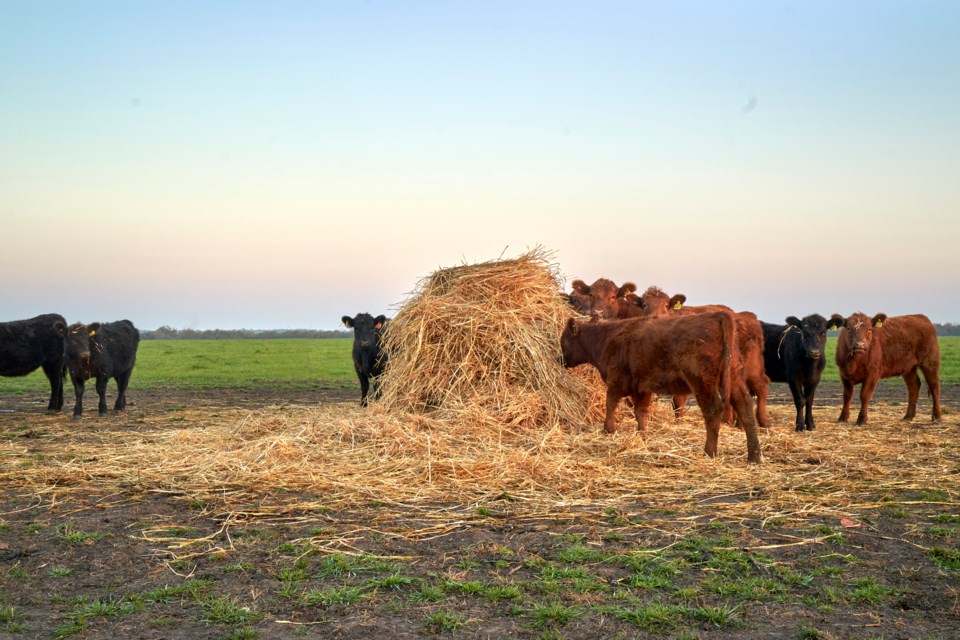Call me a luddite, but instead of 97,000 people flying to Dubai for COP 28 to talk about reducing emissions maybe they should just read up on some pre-modern Prince George agricultural history.
Believe it or not, we still had large, horse-powered ranches, well into the era of space flight in our region.
Hugh Wilkinson operated one of them, a 60-head ranch in Punchaw, a place where I grew up. He kept it going without tractors up until the early 1960s.
Try moving hay without tractors, front end loaders, and step decks.
There were lots of methods but the key point is you’d try not to.
The Wilkinsons used what was called a “gin-pole” set up to build haystacks in the fields. The point was not to haul your hay all over the country. Whenever possible you’d bring the cattle to the hay, and they’d feed off these stacks out in the fields during winter. The manure and urine on the fields was free fertilizer.
Nowadays this old method is coming back into style, with a new name: bale grazing. But it is still mostly mechanized.
People also lived directly off the land. A First Nations family, at one time multiple families, travelled the area, from the Alec Reserve on the Nazko River to Graveyard Lake and beyond, by horse and wagon. They lived a nomadic life tending patches of wild potatoes and onions amongst the aspen patches, picked berries, hunted, and fished along the way.
The last horse-drawn wagon that rolled through Punchaw was in 1967.
The old ways lingered in Punchaw as they did in Prince George.
Up until around the same time, Prince George was mostly if not entirely self-sufficient in regards to dairy, eggs, root vegetables and beef.
As I have mentioned here before, there were large root cellars built into the side of the hill below the cemetery. We had fresh potatoes, carrots, and beats all winter with zero refrigeration costs and very little mechanical inputs.
Nowadays, we truck in these vegetables from California, the Prairies, and who knows where else, store them in large energy intensive refrigerated warehouses, then we fly to Dubai wondering why we need so much power, fuel and infrastructure to survive.
It’s wild we have no problem investing billions in “green energy” to replace one fuel with another without asking whether we need to be burning the fuel to begin with. We just take the inefficiencies for granted.
The mess we are in reminds me of Henry David Thoreau’s complaint about the railroad all those years ago. The swiftest way to get to the next town was not the train. It was by foot. Sure, the train got you there quicker, but that’s only if you ignored the hours of manual labour it took to afford the ticket.
The time we save with technology and modernity has a cost that we often forget about, but which, like climate change, will surely catch up with us.
Hugh, the rancher I mentioned, did end up buying a tractor. But legend has it he quickly saw the additional headaches and costs it entailed compared to his efficient horse-run operation.
He saw the trap of modern technology, sold the tractor to his brother, and quit ranching shortly thereafter.
James Steidle is a Prince George writer.



